Hemoperfusion
This method uses a surface adsorption system to purify blood, which removes hemoperfusion substances that contain toxins with a molecular weight of 10,000 to 60,000 daltons, such as infectious mediators, liver and kidney toxins with high molecular weight, from the blood using a surface adsorption system .
Hemoperfusion in mesocytosis
Hemoperfusion cartridges are used in patients with drug poisoning or poisoning with insecticides, herbicides, and agricultural toxins, as well as poisoning with skunk .
Note: Hemoperfusion in poisoning patients should be performed as an emergency as soon as the patient is admitted to the hospital .
Hemoperfusion in patients with sepsis or blood infection or severe infections such as pneumonia, peritonitis, and pancreatitis.
In cases where microorganisms enter the patient’s blood, the patient is said to have sepsis. When microorganisms enter the blood, substances are secreted into the blood that create an inflammatory storm. And it disrupts the function of vital organs such as the kidneys and lungs, and is then one of the common causes of death of patients in the ICU. Hemoperfusion in these patients helps to improve the treatment process of patients by absorbing these inflammatory mediators .
Note: Hemoperfusion in patients with COVID-19 and acute respiratory distress syndrome or ARDS in patients with COVID-19 or H1N1 influenza, severe respiratory distress syndrome, which prevents the effective exchange of oxygen between the lungs and blood due to inflammatory mediators in the lungs of patients and ultimately leads to a decrease in the patient’s blood oxygen level, which in severe cases leads to death. Hemoperfusion in these patients also helps to improve the treatment process of patients by absorbing these inflammatory mediators.
Concurrent hemoperfusion with CRRT is recommended for sepsis patients.


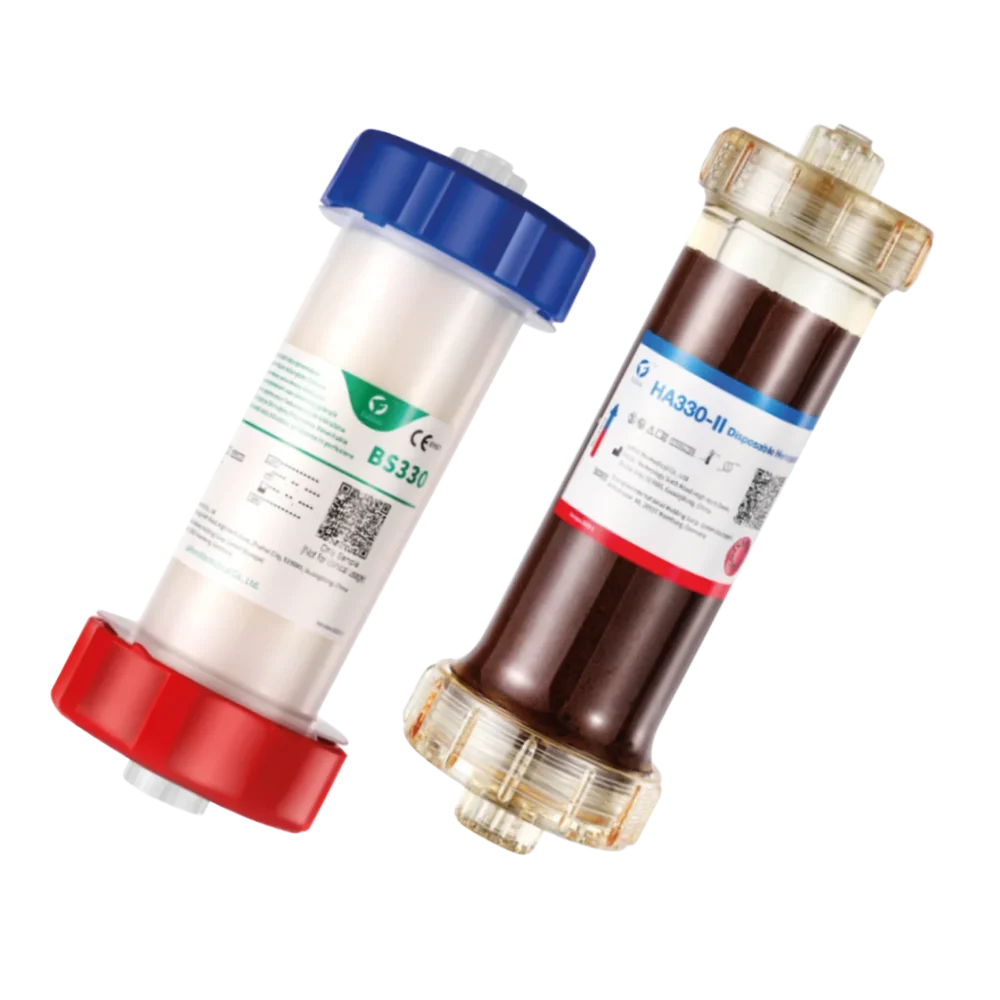


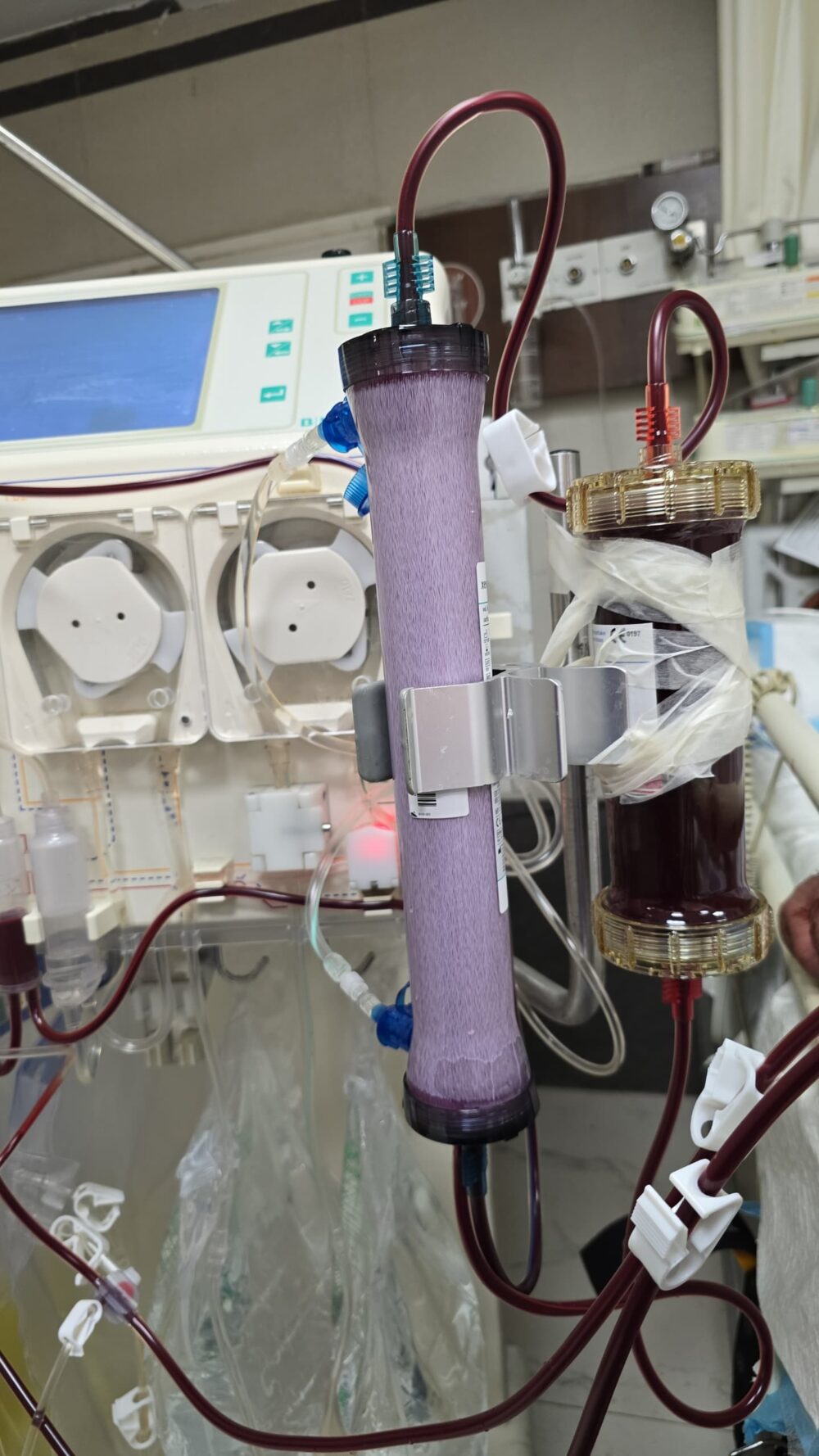


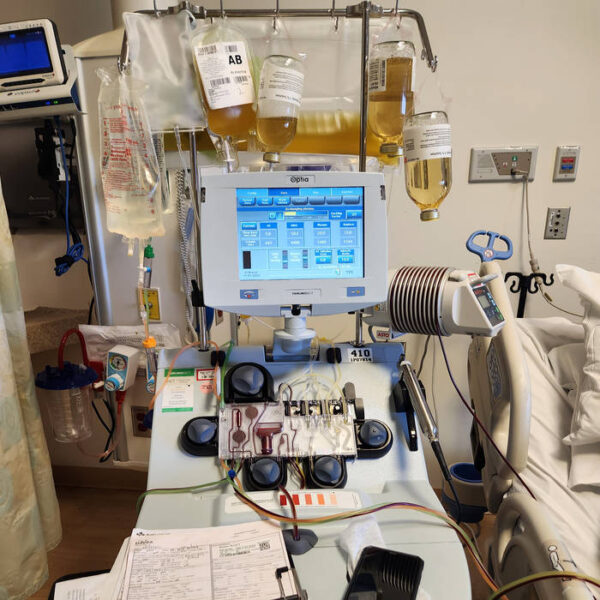
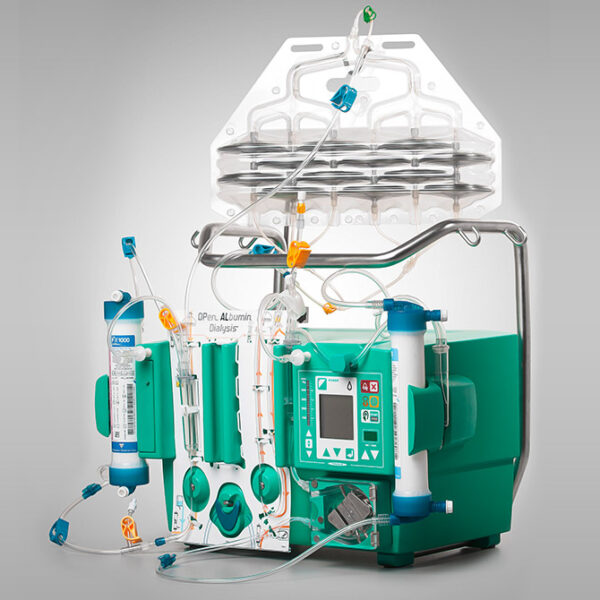
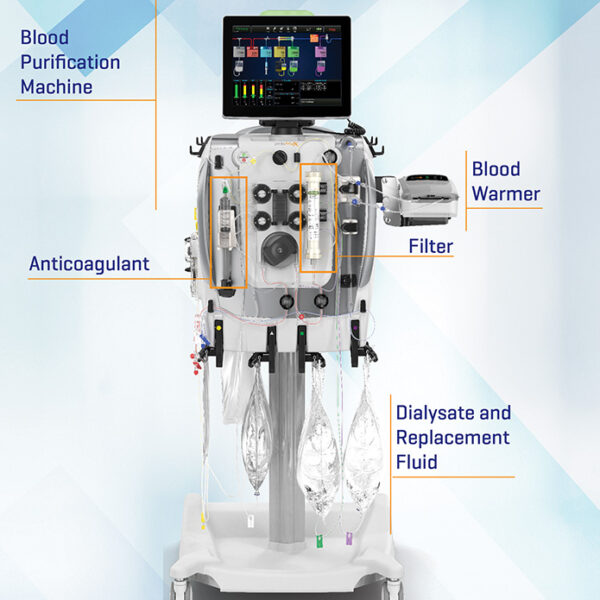
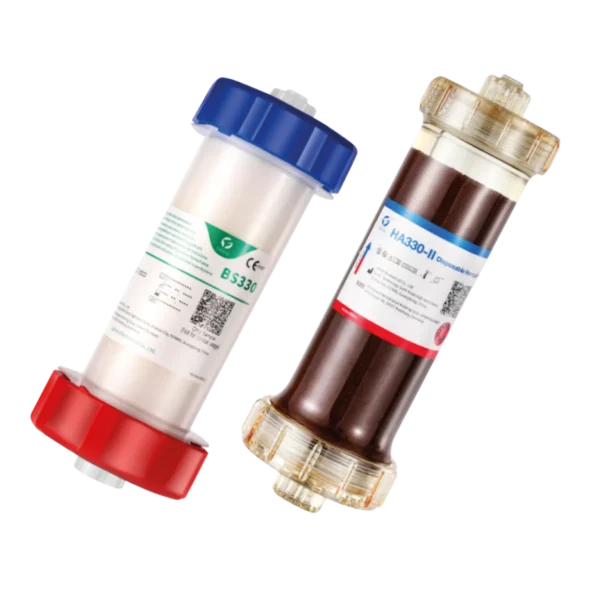
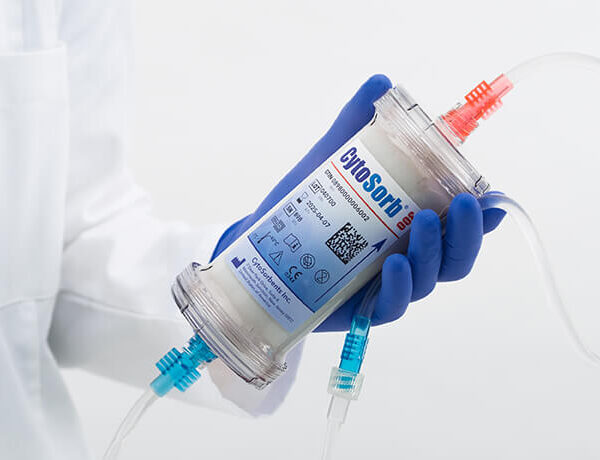
Reviews
There are no reviews yet.